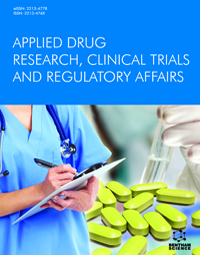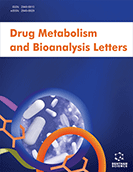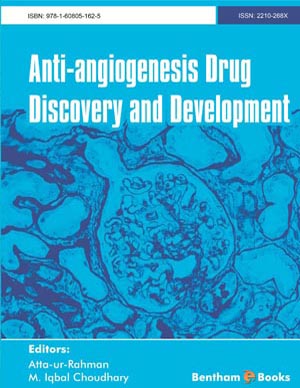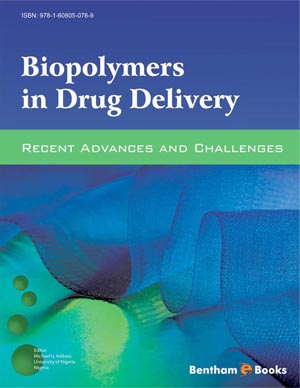Abstract
Nitroheterocyclics have been used for treating infections since the beginning of the 20th century, however, because of their potential toxicities, they have not been exploited thoroughly, except for a few well known drugs like metronidazole. With the growing threat of multidrug resistant tuberculosis in the last two decades, and interesting preliminary results obtained for nitro heterocyclics, their potential as antituberculosis agents has been realised relatively recently.
Thus, after a gap of several decades, nitroheterocyclics are in the forefront amongst the newer scaffolds that have shown utility in treating TB, with five molecules containing the nitro functionality in various phases of clinical trials as well as therapeutic use. Interestingly, these compounds act by multiple different mechanisms of action, and this aspect can be explored further for designing newer molecules.
This review presents a detailed discussion of chemical properties of nitro compounds, the importance of which is highlighted in their mechanisms of action as well as toxicity. This is followed by their classification according to the heterocyclic structures, leading to an understanding of mechanisms of action, structure activity relationship and toxicity. Thus, this review about the current status of nitro containing compounds as anti-TB agents could aid in the design of newer molecules containing nitroheterocyclics in the scaffolds, and maintain optimum balance between anti-TB potency and potential toxicity.
Keywords: Mechanism of action, Mycobacterium tuberculosis, Mutagenicity, Nitroheterocycles, Resistance, Structure-activity-relationship, Toxicity.






















